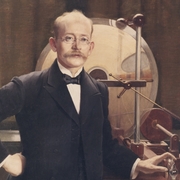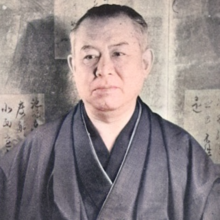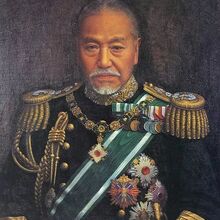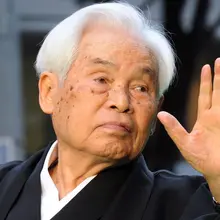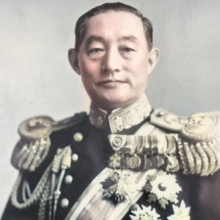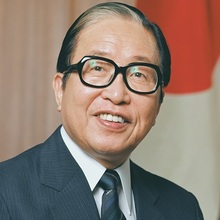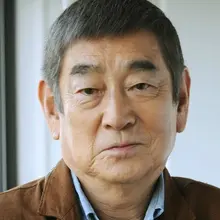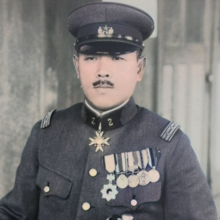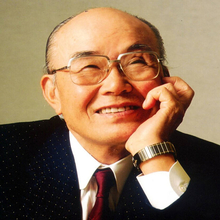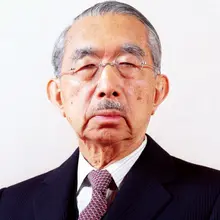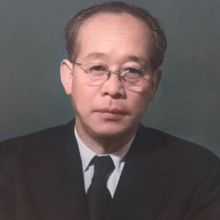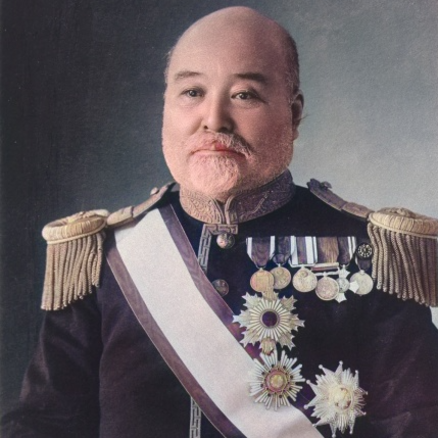
Personal
Other names:
Job / Known for:
Prime Minister of Japan and Minister of Finance
Left traces:
Takahashi Finance and Japan's recovery
Born
Date:
1854-07-27
Location:
JP
Edo, Japan
Died
Date:
1936-02-26 (aged 82)
Resting place:
JP
Death Cause:
Assassination (gunshot wound)
Family
Spouse:
Takahashi Sina (1865–1936)
Children:
Parent(s):
Takahashi Kakuji (adoptive father)
QR Code:
 My QR code:
Takahashi Korekiyo
https://DearGone.com/12209
My QR code:
Takahashi Korekiyo
https://DearGone.com/12209
Key Ownner:
Not yet supported by key owner
Show More
Rank
Users ranking to :
Thanks, you rate star
Ranking
5.0
1
About me / Bio:
Show More
Article for Takahashi Korekiyo
Died profile like Takahashi Korekiyo
Comments:
